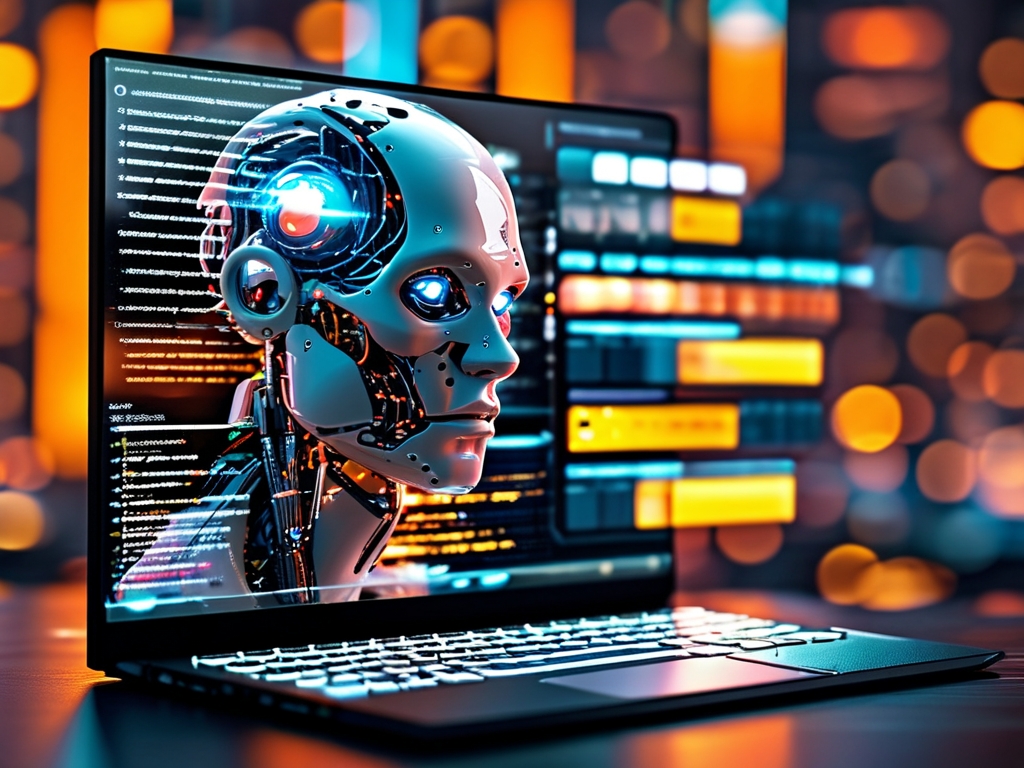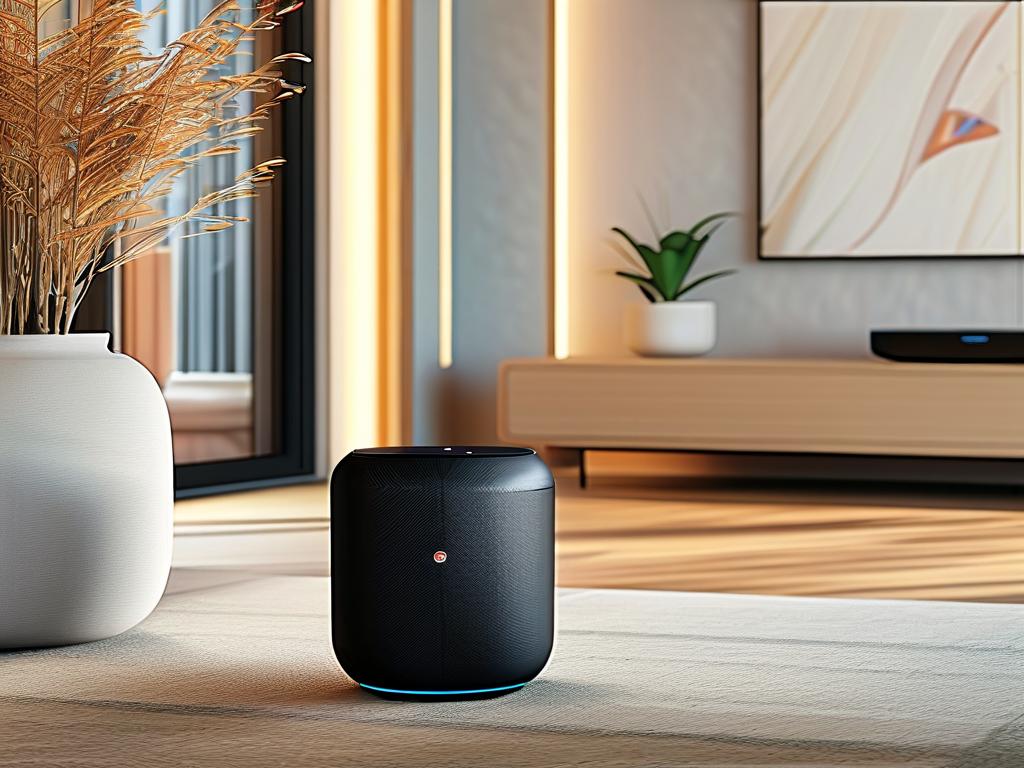Embedded AI, the integration of artificial intelligence into resource-constrained hardware systems, is revolutionizing industries from healthcare to automotive engineering. Unlike cloud-based AI, embedded AI operates locally on devices like sensors, microcontrollers, or edge devices, enabling real-time decision-making without relying on external servers. However, developing AI projects for embedded systems presents unique technical and logistical challenges. This article explores the complexities of embedded AI project development, outlines practical solutions, and shares best practices for success.

1. Understanding Embedded AI’s Unique Requirements
Embedded AI systems demand a balance between performance, power efficiency, and cost. Key considerations include:
- Hardware Constraints: Limited computational power, memory, and storage in microcontrollers or System-on-Chip (SoC) devices.
- Latency Sensitivity: Applications like autonomous drones or medical devices require sub-millisecond response times.
- Energy Efficiency: Battery-powered devices, such as IoT sensors, must optimize power consumption to extend operational life.
For example, a smart camera using embedded AI for facial recognition must process data locally to avoid latency from cloud communication while staying within thermal and power budgets.
2. Key Challenges in Embedded AI Development
a. Model Optimization
Deploying large neural networks (e.g., ResNet or GPT variants) on embedded hardware is impractical due to size and computational demands. Developers must:
- Use techniques like quantization (reducing numerical precision from 32-bit to 8-bit) to shrink models.
- Apply pruning to remove redundant neurons or layers.
- Leverage knowledge distillation to train smaller "student" models using larger "teacher" models.
b. Hardware-Software Co-Design
Selecting the right hardware platform is critical. Options include:
- Microcontrollers (e.g., ARM Cortex-M series) for ultra-low-power applications.
- Edge AI chips (e.g., NVIDIA Jetson, Google Coral TPU) for higher performance.
- FPGAs for customizable logic acceleration.
Developers must align software frameworks (TensorFlow Lite, PyTorch Mobile) with hardware capabilities.
c. Real-Time Performance
Ensuring deterministic behavior in embedded AI systems requires:
- Optimizing inference pipelines to avoid memory bottlenecks.
- Implementing hardware accelerators (e.g., NPUs or DSPs) for matrix operations.
- Testing under worst-case scenarios to guarantee reliability.
3. Tools and Frameworks for Success
a. Development Platforms
- TensorFlow Lite for Microcontrollers: Enables deployment of lightweight models on devices with as little as 16KB RAM.
- ONNX Runtime: Supports cross-platform model optimization.
- STM32Cube.AI: Converts pre-trained models into code for STM32 microcontrollers.
b. Simulation and Profiling
Tools like QEMU or Renode simulate hardware behavior before physical prototyping, while profiling tools (e.g., Perfetto) identify performance bottlenecks.
4. Case Study: Predictive Maintenance in Industrial IoT
A manufacturing company deployed embedded AI on vibration sensors to predict motor failures. Challenges included:
- Training a time-series model with limited sensor data.
- Deploying the model on a Cortex-M7 microcontroller with 512KB flash memory.
The solution involved:
- Using a lightweight LSTM network compressed via quantization.
- Leveraging CMSIS-NN libraries for optimized neural network operations.
- Achieving 95% prediction accuracy with 2ms inference time and 10mW power consumption.
5. Future Trends in Embedded AI
- TinyML: Ultra-low-power machine learning for microcontrollers, enabling AI on devices like agricultural sensors.
- Neuromorphic Hardware: Chips mimicking brain architecture (e.g., Intel Loihi) for energy-efficient spike-based computing.
- Federated Learning: Collaborative model training across edge devices without centralized data collection.
6. Best Practices for Developers
- Start Small: Prototype with off-the-shelf hardware (Raspberry Pi, Arduino) before custom designs.
- Prioritize Metrics: Define clear goals for latency, accuracy, and power usage early in the project.
- Iterate Continuously: Use Agile methodologies to test and refine models/hardware in parallel.
Embedded AI project development requires a multidisciplinary approach, combining expertise in machine learning, embedded systems, and hardware design. By embracing model optimization, leveraging modern tools, and focusing on real-world constraints, developers can unlock the transformative potential of AI in edge devices. As TinyML and neuromorphic computing advance, embedded AI will drive innovation in areas from wearable health tech to autonomous robotics, making intelligent devices faster, smaller, and more accessible than ever.



